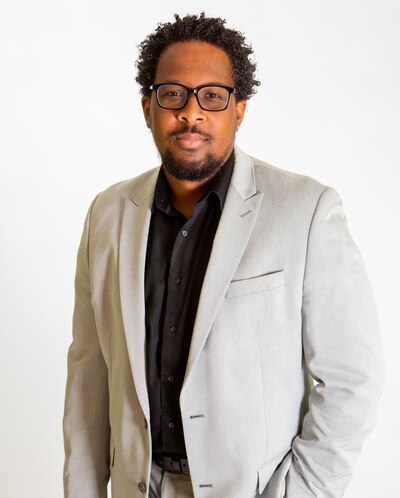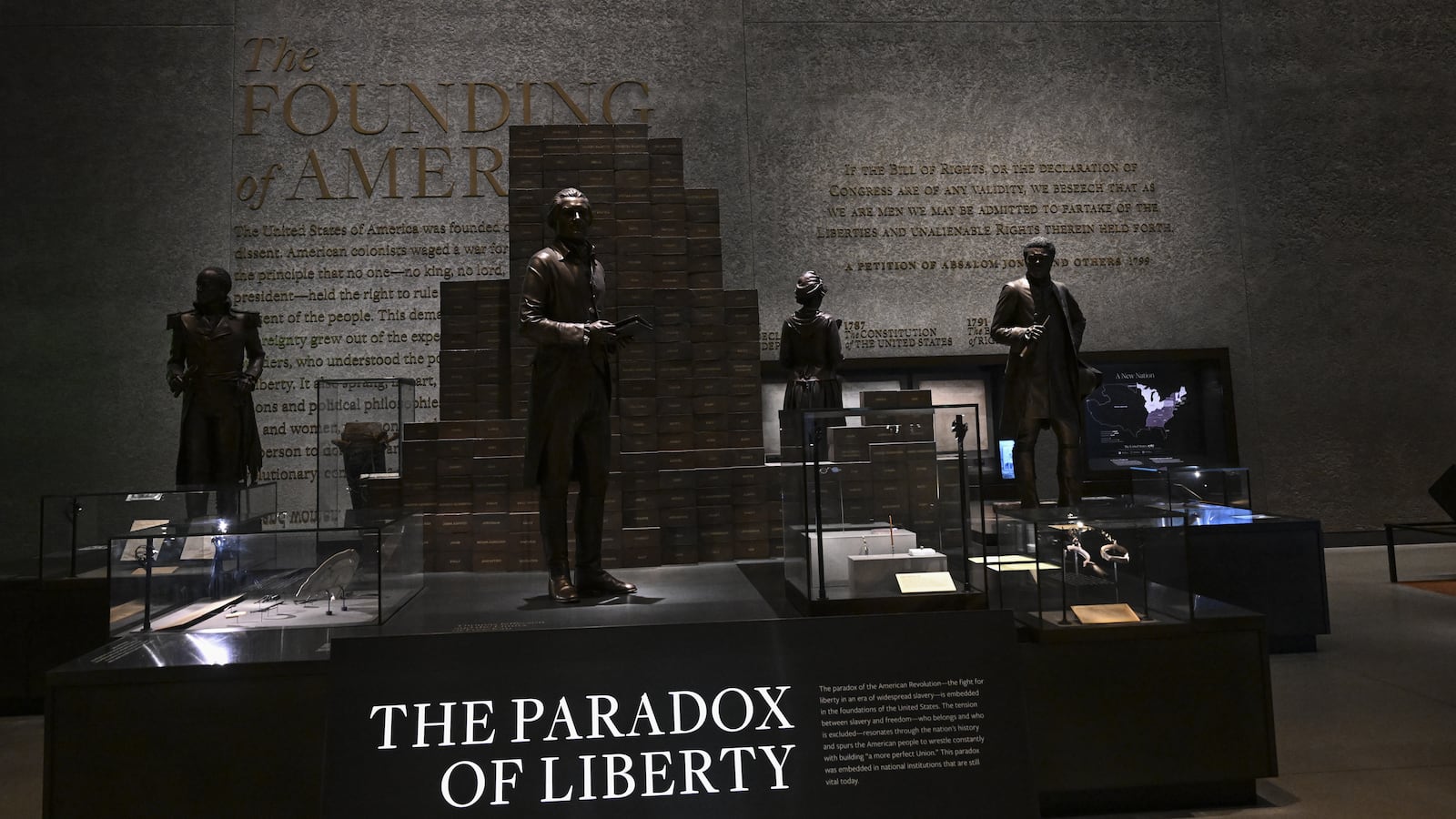Sign up for Chalkbeat Newark’s free twice-weekly newsletter to keep up with the city’s public school system.
In 2020, I was approached on LinkedIn about working with an organization to create a Black history and social justice course curriculum for high school students. They sought me out because of my previous commentaries about teaching Black history. I told them I was interested, and they asked me to draft a prospectus for such a course.
What I provided was a philosophical overview of what a social justice and Black history course could look like. I wanted no misunderstanding about the educator they’d be partnering with and the language that I use to teach my students. So I told them that I wanted students to leave this class understanding the United States is a white settler colonized state, built by way of racial capitalism to enrich “white people” of European descent above everyone else.

When they brought me on, I believed that it was a real opportunity to expose students to the truth they had not previously learned in their history classes.
While the murders of George Floyd and Breonna Taylor months earlier weren’t the first time the U.S. was confronted with the systemic racism of policing, the protest movement that followed seemed to mark an inflection point. The 1619 Project had just won a Pulitzer Prize. A reckoning seemed on the horizon. That was the backdrop against which I, then optimistically naive, got to work.
I was primarily responsible for the content of the course, with others handling the packaging of the course. I took the responsibility very seriously. My students have often asked me why they hadn’t learned what Arturo Schomburg called the missing pages of history prior to attending my history classes. That question served as a guide. I asked questions such as “What is whiteness, and did it exist before the formation of the United States?” and “What is American exceptionalism, and how does it show itself in popular culture?”
The initial feedback that I received was positive. I was supported and encouraged to continue down the path I was going, and I believed that the completion of this work would transform the minds of the course participants.
But by the following year, I realized the racial reckoning was not to be. There had been no effort to address systemic racism in earnest, which would require a dramatic reorganization of our social, political, and economic orders. What happened instead was an insurrection at the start of the year. What happened instead was a backlash to protests against police brutality. What happened instead were voter suppression policies and legislation banning Critical Race Theory in curriculums and professional training.
Such backlash spilled into my curriculum work.
About halfway through the development of the curriculum, I was informed that what I had created so far presented a client sensitivity issue. Words and concepts and topics such as white supremacy, intersectionality, and racial capitalism would make it difficult for the curriculum to be sold in states that experienced backlash to Critical Race Theory, the company spearheading the curriculum explained.
Initially, I was confused because the ones delivering the news were the very people who had complimented my work up until this point.
I was asked to remove certain terms and concepts, like intersectionality, in favor of a trajectory that explored justice without explicit mention of these words. I was also asked not to phrase these concepts in a way that acknowledged them as established truth. Rather than saying white supremacy has done harm to the United States, for example, I was asked to say that some individuals argue that white supremacy has done harm to the United States.
I flat-out disagreed. But after a spirited back and forth, I agreed to stick with the project because I accepted the idea that compromise was better than students, namely white students, not receiving any instruction that challenged their idea of history. So I went back to work but no longer approached it with the same excitement as before.
I believed that it was a real opportunity to expose students to the truth.
The labor was split between myself and other curriculum writers to expedite the development process. I rededicated myself to submitting work rooted in truth, and that’s just what the folks received. Some of those words and phrases they asked me to remove remained. But once I submitted my work, decisions around what to include (and what to excise) were out of my hands.
In the end, the completed course flirted with ideas of identity and injustice — and how we ought to respect the identities of others — but without any specific call to antiracism or anticapitalism. Certainly, perfection can be the enemy of good. But in the case of teaching Black history, compromise, I realize now, is an assault on justice.
Black educators who want to entrench Black history in mainstream school curriculums have struggled with doing so for more than a century. It’s in large part due to white sensitivity to the truth — a truth that implicates their ancestors, their history, and their sense of self in crimes against humanity. This is true dating back to the dawn of the 20th century when seminal writings by the likes of historian Carter G. Woodson and sociologist W.E.B. DuBois were often kept out of classrooms where Black students learned.
And we witness this in real time, too, with the College Board’s botching of the AP African American Studies course. I should consider myself in good company.
Looking back on the experience, I am not angry. I am resolute. Since that time, I have published ”Resistance Stories from Black History for Kids.” It does just what I wanted that curriculum to do: teach the truth. The goal of our collective work is not to create a world where we, Black people, are the oppressors and white people suffer. The goal is to equip young people to, one day, eradicate systems of oppression altogether. I believe that our efforts are not in vain, for as Frederick Douglass explained, where there is no struggle, there is no progress.
Rann Miller is an educator and freelance writer based in New Jersey. His Urban Education Mixtape blog supports urban educators and parents of children attending urban schools. He is the author of “Resistance Stories from Black History for Kids” (Ulysses Press), available everywhere, including Mahogany Books. Follow him on Twitter @RealRannMiller.



